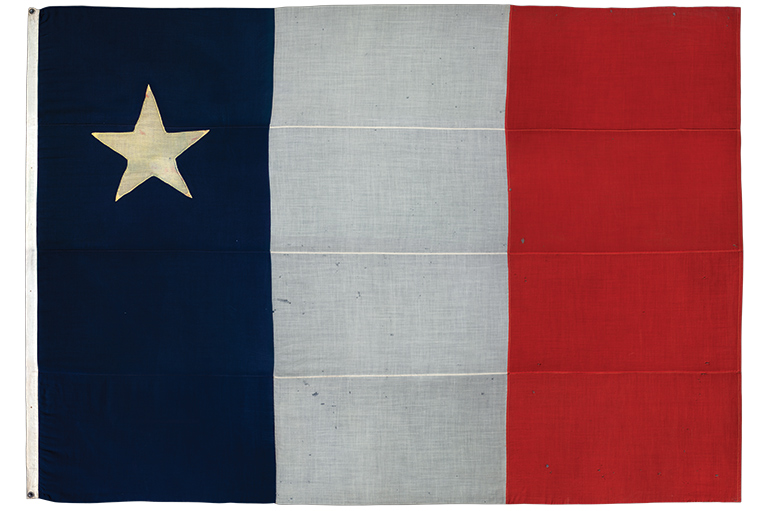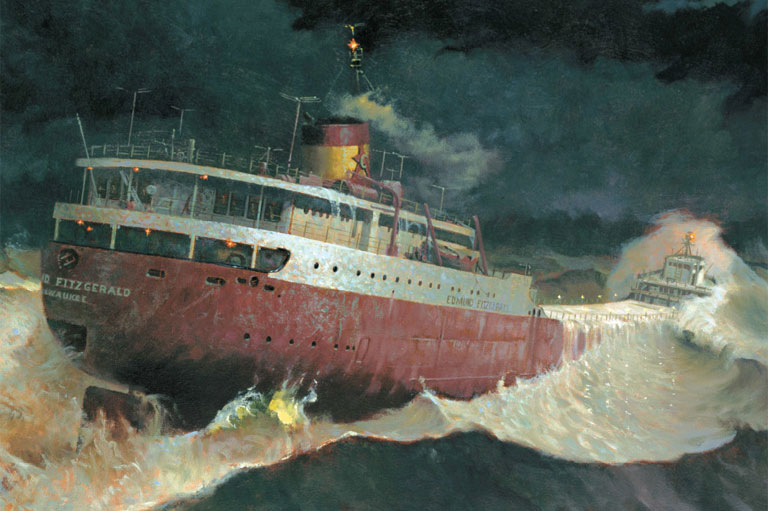Acadian Flag

This original tricolour flag was chosen as the symbol of the Acadians in 1884, during the second Acadian National Convention in Miscouche, on Prince Edward Island. The design and colour scheme were inspired by the flag of France, the Acadians’ ancestral country of origin.
The creation of the flag was part of a broader effort to defend the identity of French Canadians, who feared seeing their culture disappear in a country with an English-speaking majority. The Acadians also wanted to avoid being simply fused into the Quebec identity.
The first Acadian National Convention took place in Memramcook, New Brunswick, on August 15, 1881. The choice of the day — the Feast of the Assumption of the Virgin Mary — was no accident. National Acadian Day was placed directly under the patronage of the Virgin, whose protection is symbolised by the presence of her star, the Stella Maris, on the blue band of the flag.
Acadian culture survives today through the presence of some 500,000 Acadians who live mainly along Canada’s Atlantic coast in Quebec, New Brunswick, Nova Scotia, Prince Edward Island, and Newfoundland, but also in the U.S. states of Maine and Louisiana.
With 7 uniquely curated newsletters to choose from, we have something for everyone.
Themes associated with this article
Advertisement




